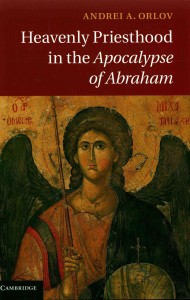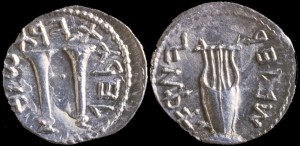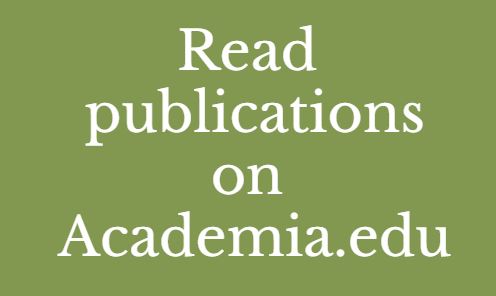Boston Lectures – October 2013
Influence of the Dead Sea Scrolls on Modern Theology
Public event on Wednesday, October 9, 7:00 – 9:00 pm, Prof. Lawrence Schiffman and Prof. James C. VanderKam.
The Dead Sea Scrolls have been described as the most important archaeological discovery of the 20th century. How have the scrolls changed our understanding of the Bible? Join two renowned scholars in a discussion of how the scrolls have altered the way we look at ancient Judaism and the Bible, and the significance of the scrolls to the Jewish and Christian religions.
Click here for more information.
Dead Sea Scrolls: Life in Ancient Times Graduate Symposium
For graduate students at Brandeis University, Oct. 6, 2013.
Prof. Mark Brettler and Prof. Lawrence Schiffman
Click here for more information.
Yeshiva University Dead Sea Scrolls Seminars 2013
The first of the YU Dead Sea Scrolls Seminars for the Fall 2013 semester will take place on Monday, October 14, 2013 at 6:00 PM in Belfer 1214 on the Wilf (uptown) campus of Yeshiva University. The speaker will be Andrew D. Gross, Assistant Professor of Semitics at the Catholic University of America in Washington, D.C. His topic is “The Place of the Bar Kokhba Documents within both the Aramaic Legal Tradition and the Ancient Near Eastern Legal Tradition,” and the respondent is Shalom E. Holtz, Associate Professor of Bible at Yeshiva University.
HOLD THE DATE: Our second seminar will take place on Wednesday November 20, 2013 at 5:45 PM on the Wilf (uptown) campus of Yeshiva University. The speaker will be Dr. Michael Segal, Senior Lecturer in Bible at the Hebrew University of Jerusalem and Editor of the Hebrew University Bible Project. His topic will be “Who is the ‘Son of God’ in 4Q246? An Overlooked Case of Early Biblical Interpretation”.
If you plan on attending, RSVP to Amy Rotheim Sullivan at rotheims@yu.edu. You may also contact Amy if you have any questions.
The Apocalypse of Abraham
 Andrei A. Orlov has recently published a book on The Apocalypse of Abraham, entitled Heavenly Priesthood. Orlov is Professor of Judaism and Christianity in Antiquity at Marquette University. His recent publications include Divine Manifestations in the Slavonic Pseudepigrapha (2009), Selected Studies in the Slavonic Pseudepigrapha (2009), Concealed Writings: Jewish Mysticism in the Slavonic Pseudepigrapha (2011) and Dark Mirrors: Azazel and Satanael in Early Jewish Demonology (2011).
Andrei A. Orlov has recently published a book on The Apocalypse of Abraham, entitled Heavenly Priesthood. Orlov is Professor of Judaism and Christianity in Antiquity at Marquette University. His recent publications include Divine Manifestations in the Slavonic Pseudepigrapha (2009), Selected Studies in the Slavonic Pseudepigrapha (2009), Concealed Writings: Jewish Mysticism in the Slavonic Pseudepigrapha (2011) and Dark Mirrors: Azazel and Satanael in Early Jewish Demonology (2011).
The new book focuses on the central rite of the Abraham story – the scapegoat ritual that receives a striking eschatological reinterpretation in the text. He demonstrates that the development of the sacerdotal traditions in the Apocalypse of Abraham, along with a cluster of Jewish mystical motifs, represents an important transition from Jewish apocalypticism to the symbols of early Jewish mysticism. Orlov offers unique insight into the complex world of the Jewish sacerdotal debates in the early centuries of the Common Era. The book will be of interest to scholars of early Judaism and Christianity, Bible studies, and Jewish mysticism and magic.
The book is available on Amazon.


